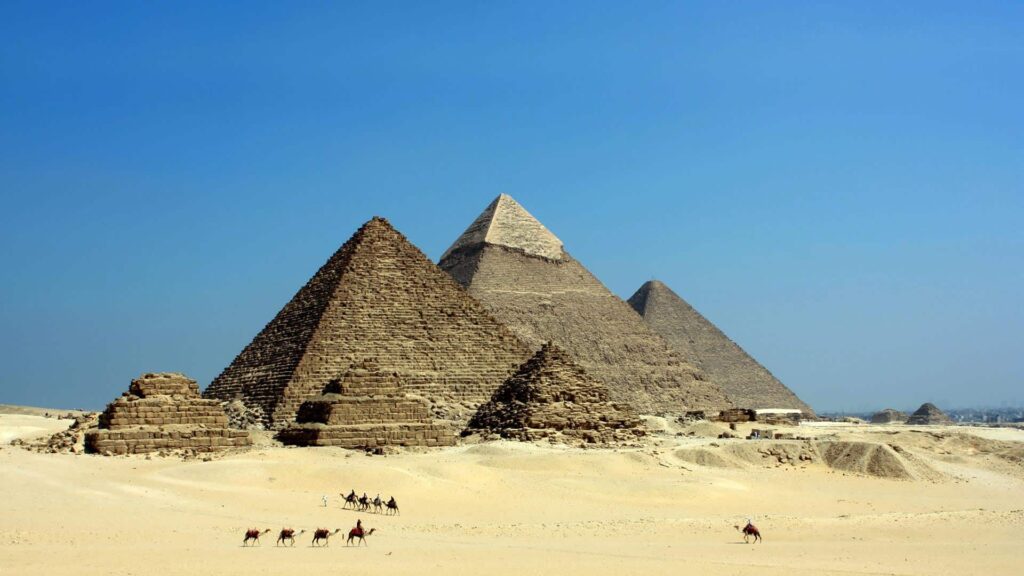Khajuraho Temple is a group of ancient Hindu and Jain temples located in the town of Khajuraho in the Madhya Pradesh state of India. The temples were built between the 10th and 12th centuries during the Chandela dynasty.
The temples are famous for their intricate and erotic carvings that depict scenes from Hindu mythology, everyday life, and sexual practices. The temples are a unique example of ancient Indian art and architecture, and attract thousands of visitors each year from around the world.
The Khajuraho temple complex consists of 20 temples, out of which only 10 remain in good condition. The temples are divided into three groups – western, eastern, and southern. The western group of temples is the largest and most well-known, and includes the Kandariya Mahadeva Temple, which is considered to be the most beautiful and elaborate temple in the complex.
One of the interesting myths surrounding the Khajuraho Temples is that they were built by the gods themselves. According to legend, the temples were constructed in one night by the gods who were impressed by the devotion of the Chandela dynasty, who were the rulers of the region at the time. The story goes that the Chandela king, Chandra Deva, had a vision of the gods and was instructed to build the temples. The gods themselves helped to construct the temples, and when they were completed, they blessed the site and disappeared.
Another interesting aspect of the Khajuraho Temples is the story of the origin of the name “Khajuraho”. According to legend, the name comes from the word “khajura” which means date palm in Hindi. It is said that the temple complex was surrounded by date palm trees, which gave rise to the name Khajuraho.
The temples are made of sandstone and feature intricate carvings of gods and goddesses, mythological creatures, and erotic scenes. The carvings are so detailed and intricate that they have been compared to a “frozen poetry”.
The Khajuraho Temples are recognized as a UNESCO World Heritage Site and remain one of India’s most popular tourist destinations. The temples’ unique and stunning architecture, as well as the intricate carvings depicting different aspects of human life,ch cultural heritage of India.


